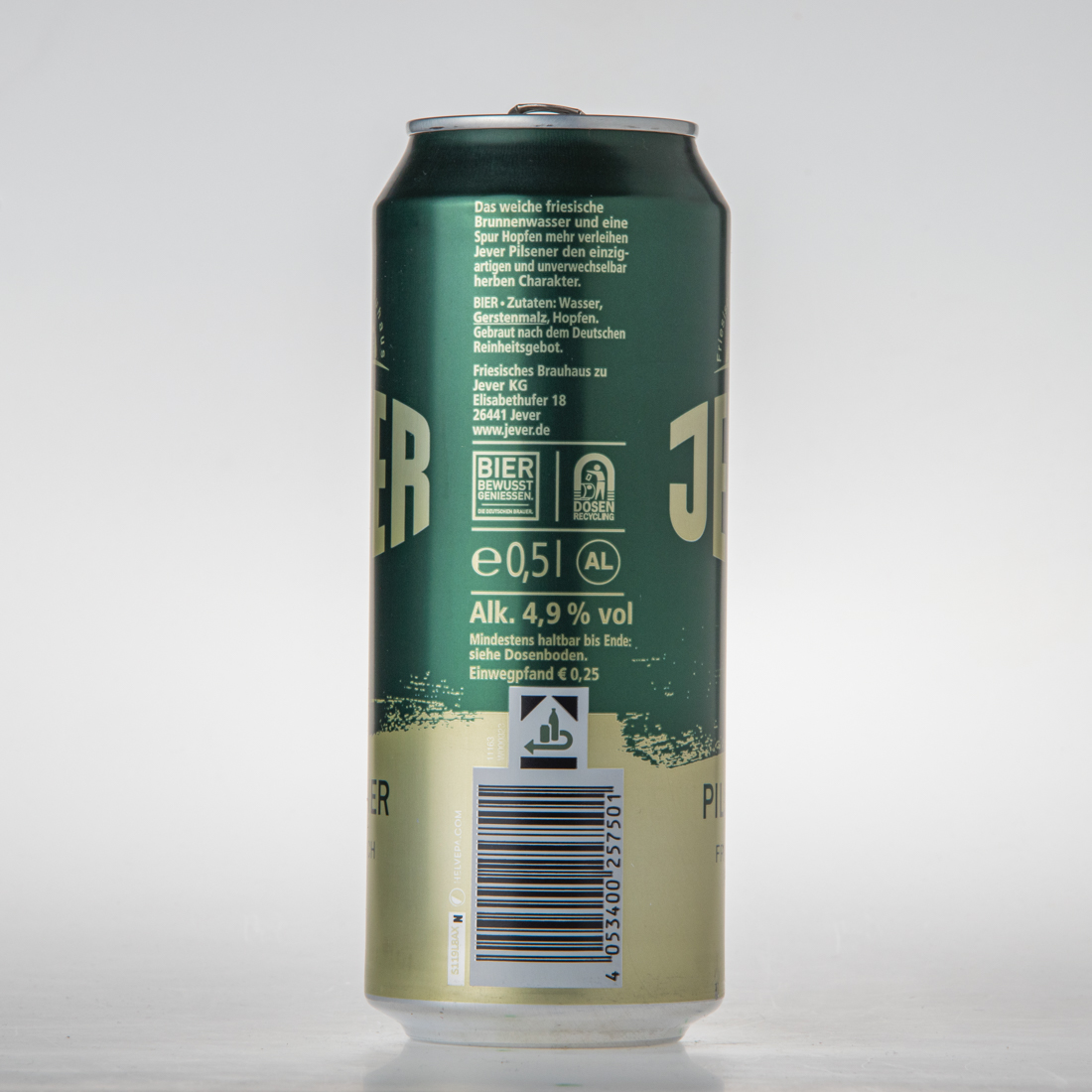

Botulinum toxin appears to be effective for refractory overactive bladder. Similarly, botulinum toxin is used to relax the clenching of muscles, including those of the esophagus, jaw, lower urinary tract and bladder, or clenching of the anus which can exacerbate anal fissure. Muscle spasticity īotulinum toxin is used to treat a number of disorders characterized by overactive muscle movement, including cerebral palsy, post-stroke spasticity, post-spinal cord injury spasticity, spasms of the head and neck, eyelid, vagina, limbs, jaw, and vocal cords. Medical uses īotulinum toxin is used to treat a number of therapeutic indications, many of which are not part of the approved drug label. Commercial forms are marketed under the brand names Botox (onabotulinumtoxinA), Dysport/Azzalure (abobotulinumtoxinA), Letybo (letibotulinumtoxinA), Myobloc (rimabotulinumtoxinB), Xeomin/Bocouture (incobotulinumtoxinA), and Jeuveau (prabotulinumtoxinA). The estimated human lethal dose of type A toxin is 1.3–2.1 ng/kg intravenously or intramuscularly, 10–13 ng/kg when inhaled, or 1000 ng/kg when taken by mouth. Intoxication can occur naturally as a result of either wound or intestinal infection or by ingesting formed toxin in food. īotulinum toxins are among the most potent toxins known. Types C–G are less common types E and F can cause disease in humans, while the other types cause disease in other animals. Types A and B are capable of causing disease in humans, and are also used commercially and medically.

The seven main types of botulinum toxin are named types A to G (A, B, C1, C2, D, E, F and G). The toxin is also used commercially for medical and cosmetic purposes. It prevents the release of the neurotransmitter acetylcholine from axon endings at the neuromuscular junction, thus causing flaccid paralysis. Botulinum toxin, or botulinum neurotoxin, is a neurotoxic protein produced by the bacterium Clostridium botulinum and related species.


 0 kommentar(er)
0 kommentar(er)
